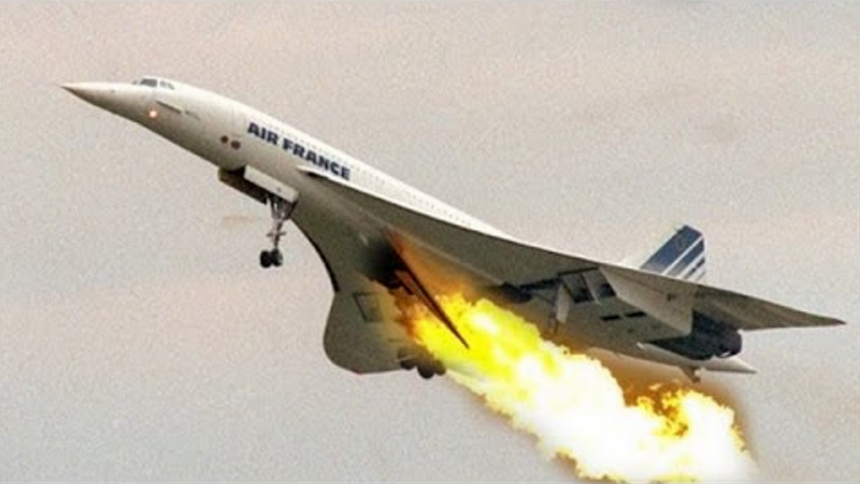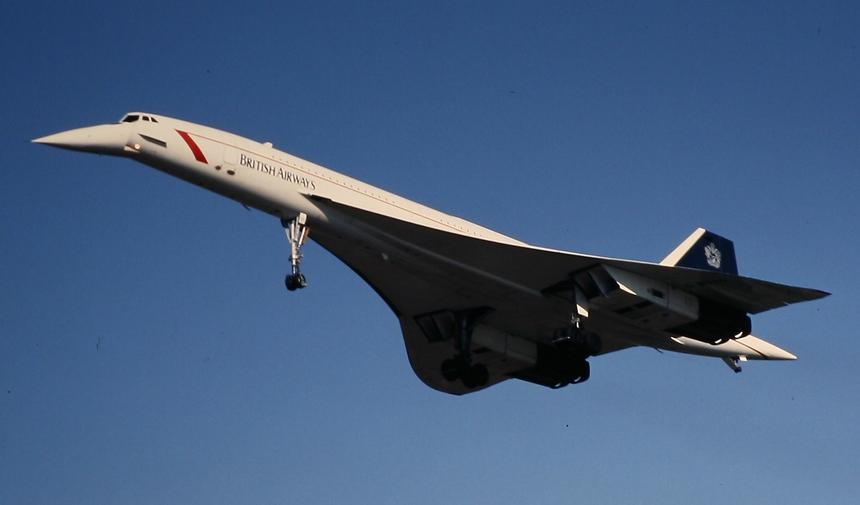On October 24, 2003, the era of supersonic passenger aircraft ended - the legendary Concorde flew to

After the 50s appearedsupersonic military aircraft, including bombers, several countries at once began work on breaking the sound barrier in passenger aviation. The roots of the Concorde go back to the research of two independent teams: in the UK, the Bristol Airplane Company worked on the project, and in France, the supersonic aircraft was designed by Sud Aviation. Although both firms received funding from state budgets, it soon became clear that they could only achieve their goals if they joined forces. Finally, after government negotiations in 1962, the Concorde joint program emerged. The British, by the way, were a little offended by the French spelling of the name, but were able to come to terms with it.

Concorde
The first prototype of the Concorde was presented in 1969 at the Le Bourget air show, and commercial operation began only seven years later: British Airlines flew from London to Bahrain.
Concorde designers had to decidemany difficult tasks. For example, due to the fact that a turbojet engine cannot work with a supersonic air flow, the air intakes slowed it down to the required extent over the entire speed range. Heating the fuselage to very high temperatures became a huge problem, and this even became one of the main parameters of the flight, which was monitored by the crew and the autopilot. And because of the thermal expansion of the materials, the plane “lengthened” by as much as 24 centimeters. And by the special delta-shaped (triangular, if simpler) wing shape, any man in the street recognizes the "Concorde" from hundreds of other models.
Legendary aircraft Concorde
Even at the start of the project, the opinion of airlines aboutsupersonic aircraft changed rapidly. Boeing, which then introduced the Boeing 747 subsonic model to the market, feared that it would have to be transferred to cargo transportation. However, after a couple of years, the companies changed their minds about Concorde for several reasons at once. First, long-haul flights were becoming more and more popular with the middle class, which meant that price was weighing more than speed. Secondly, in the same years the oil crisis broke out, which made the by no means economical Concordes even less attractive from an economic point of view. Therefore, 74 preliminary orders turned into only 14 production aircraft, and five of them had to be sold for £ 1/1 French franc each.
Nevertheless, the Concorde flew nearly three dozenyears. The beginning of the end for him was the plane crash near Paris in 2000. A few minutes after takeoff, the Air France F-BTSC board caught fire and crashed onto a hotel in the suburbs of the French capital. After that, the flights of the Concorde were suspended. Later, the flight certificate (in fact, permission to use an aircraft of this model) was renewed, but the fate of the vessel was decided - the airlines one after another refused it.